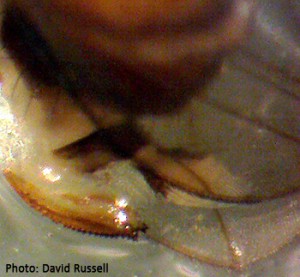The NYS IPM Program is Hiring Four Positions! The New York State Integrated Pest Management Program (NYSIPM) at Cornell University is hiring four specialists to promote the adoption of IPM in New York State. All positions will be housed on either the Geneva or Ithaca campuses of Cornell University. The positions are:
- Biocontrol Specialist (Extension Associate)
- Alternative Weed Management Specialist (Extension Associate)
- Coordinator for the Network for Environment and Weather Applications (Extension Associate)
- Coordinator for Livestock and Field Crops IPM (Senior Extension Associate)
NYSIPM is a nationally recognized leader in the development and promotion of IPM practices. http://nysipm.cornell.edu/. The mission of NYSIPM is to develop sustainable ways to manage disease, insect, weed, and wildlife pests; and to help people use methods that minimize environmental, health, and economic risks. NYS IPM has both Agricultural and Community programs, with issues and settings that overlap. NYSIPM’s Agricultural IPM programming includes fruits, vegetables, ornamentals, and livestock and field crops. Community IPM is the management of insects, weeds, plant diseases and wildlife in all settings that are non-production such as schools, lawns, gardens, landscapes, golf courses, parks, and buildings; and also includes invasive species and public health pests.
The personnel of NYS IPM operate in a collegial and cooperative environment where teamwork is emphasized and appreciated. Collaboration with other NYS IPM faculty and staff, Cornell University faculty and staff, and Cornell Cooperative Extension Educators, as well as specialists from other states and universities, is expected.
Education and Experience
All applicants must have an MS (required) or PhD (preferred) degree in Entomology, Plant Pathology, Horticulture or other suitable field. A minimum of 2 years professional experience in extension education and research or demonstration in required for Extension Associates, 8 years for a Senior Extension Associate. Experience in these areas as a graduate student may apply.
Additional Information AND HOW TO APPLY
For additional information and application instructions go to https://academicjobsonline.org/ajo/Cornell/NYSIPM. Applications will be accepted until 8/31/2016, or until a suitable candidate is found.



